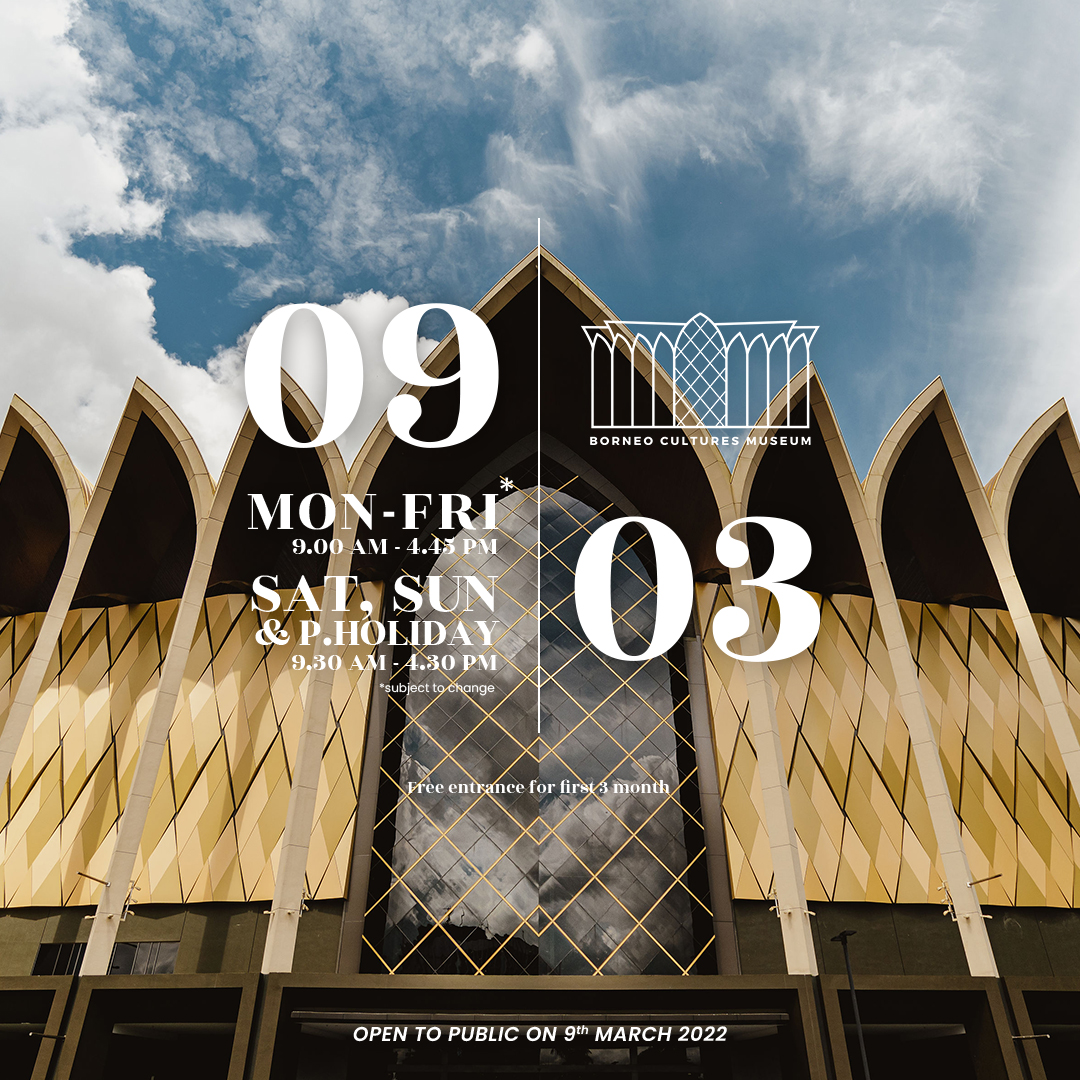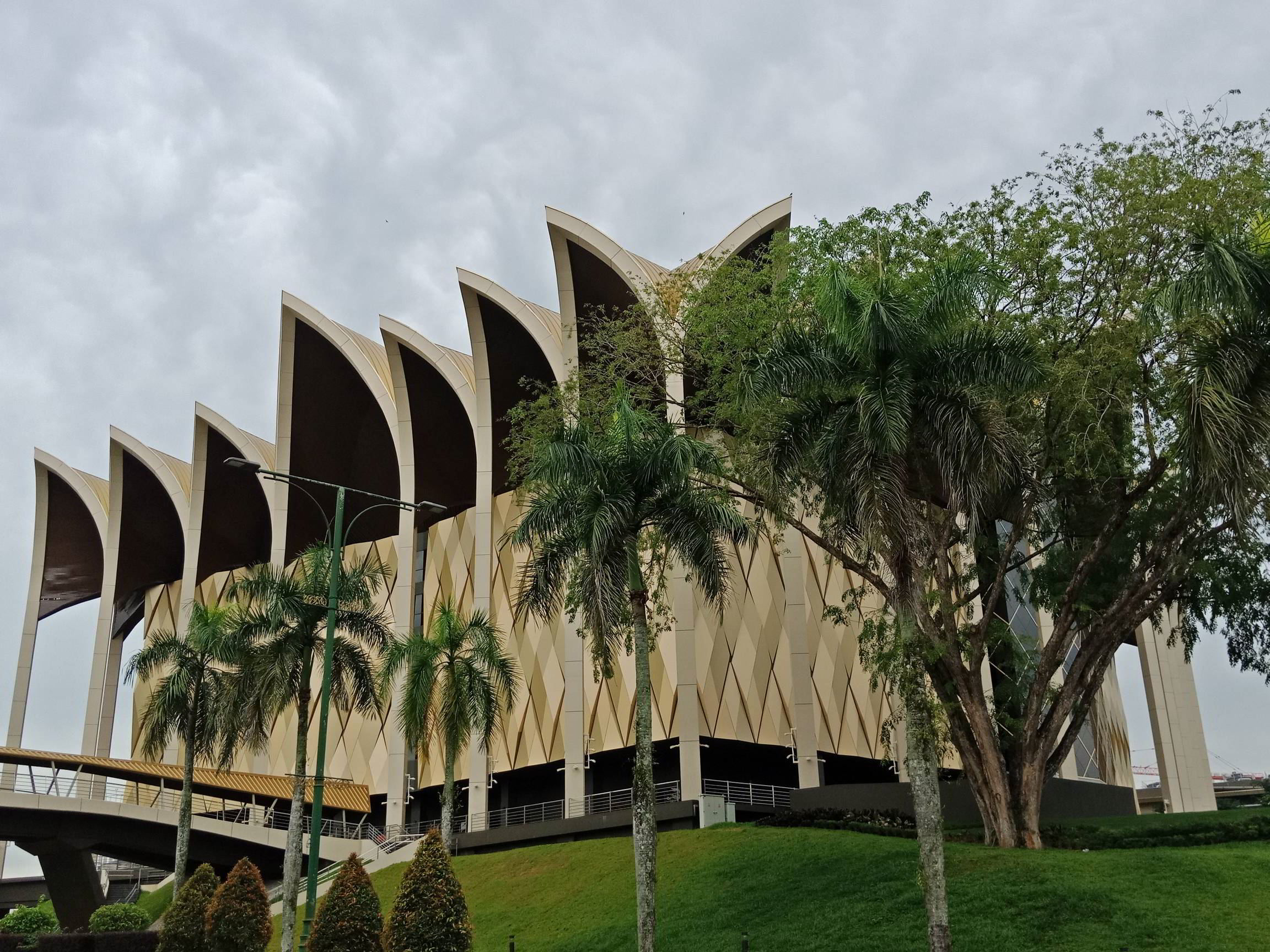Trip Via Time at Borneo Cultures Museum
Trip Via Time at Borneo Cultures Museum
Blog Article
Delve Into the Fascinating Globe of Borneo's Cultural Heritage: A Comprehensive Guide to the Cultures Museum Experience
Immersing oneself in the intricate tapestry of Borneo's social heritage is akin to starting a voyage via time and custom. The fusion of indigenous people, typical inventions, captivating efficiencies, and historical stories housed within the confines of the island's galleries supplies a glance right into a world including extensive legacies and vivid customs. As site visitors traverse through these repositories of society, they are beckoned to explore a world where past and present intermingle, welcoming reflection on the resilience and richness of Borneo's varied heritage.
Indigenous Tribes of Borneo
Borneo is home to over 50 indigenous tribes, each with unique cultural methods and practices that have actually been preserved for generations. Amongst these people are the Iban, recognized for their detailed tattoos and conventional longhouses where multiple family members reside. The Dayak individuals, one more prominent group, take part in sophisticated spiritual events and are proficient artisans, crafting detailed wood carvings and woven fabrics. The Penan tribe, on the other hand, are nomadic hunter-gatherers with a deep connection to the jungle, making use of blowpipes for hunting and celebration wild plants for nourishment.
These indigenous people play an important role in maintaining Borneo's rich social tapestry. Site visitors to Borneo have the opportunity to immerse themselves in the one-of-a-kind way of livings of these tribes with cultural tours, homestays, and community-based tourist efforts.
Standard Handicrafts and Artefacts

One popular example of standard inventions in Borneo is the manufacturing of woven items - Borneo Cultures Museum. Experienced weavers utilize all-natural fibers like pandan, bamboo, and rattan delegates develop detailed baskets, floor coverings, and accessories embellished with vivid patterns that hold symbolic meanings within the area
The art of woodcarving is one more substantial aspect of Borneo's typical handicrafts. Artisans sculpt intricate layouts into different sorts of timber to create masks, sculptures, and music tools that not only serve useful functions yet also hold cultural relevance, typically showing folklore or spiritual ideas.
Moreover, Borneo is renowned for its beadwork, with artisans meticulously crafting beads from materials like glass, seeds, and shells to develop jewelry, clothes decorations, and ornamental items that showcase the region's vibrant visual customs. These typical handicrafts and artifacts not just work as tangible expressions of Borneo's cultural heritage but also offer insights into the communities' ideas, worths, and method of life.

Cultural Performances and Festivals
With a deep-rooted link to their social practices, the communities in Borneo come alive through dynamic cultural efficiencies and events that commemorate their heritage. These occasions showcase the abundant variety of Borneo's ethnic groups, each offering one-of-a-kind dancings, songs, and rituals that have actually been given with generations. One of the most popular festivals is the Gawai Dayak, celebrated by the Dayak people to note the rice collecting season. During this festival, standard songs fills up the air, elaborate dances are performed, and intricate conventional outfits are used. An additional substantial occasion web is the Pesta Kaamatan, commemorated by the Kadazandusun neighborhood to give many thanks for the rice harvest. This festival features cultural performances, including the Sumazau dance, and typical sports like the bamboo dance. Site useful source visitors to Borneo can immerse themselves in these festivities, acquiring a much deeper understanding of the region's social heritage and experiencing the warm hospitality of its individuals. Cultural performances and celebrations work as a vivid tip of Borneo's abundant cultural tapestry and the value of protecting these traditions for future generations.
Historical Stories and Artefacts
Checking out the historical stories and artifacts of Borneo uses a fascinating look right into the region's abundant past and cultural development. Borneo's historical tapestry is woven with diverse impacts, reflecting the interactions between native tribes, Chinese traders, European colonizers, and Malay sultanates. The artefacts discovered in Borneo showcase this detailed background, varying from typical crafts like elaborate beadwork and woodcarvings to archaeological prizes such as old ceramic and devices.
Among the most engaging elements of Borneo's historical stories is the conservation of oral customs gave through generations. These stories give understandings right into the beliefs, custom-mades, and lives of Borneo's occupants throughout the centuries. Additionally, the artifacts discovered from historical sites provide substantial connections to these narratives, enabling site visitors to witness the product society of previous societies firsthand.
Contemporary Cultural Preservation Efforts

In addition, curricula and cultural exchange tasks play a vital role in elevating recognition regarding the significance of preserving Borneo's special you could look here cultural heritage. By engaging schools, galleries, and the bigger area in conversations and activities that celebrate Borneo's varied cultures, preservation efforts can obtain momentum and support for lasting sustainability. Collaborations in between governmental bodies, non-profit companies, and regional areas are vital in driving these preservation endeavors onward, guaranteeing that Borneo's rich social heritage continues to be dynamic and cherished for generations ahead.
Final Thought
Finally, the cultural heritage of Borneo is diverse and rich, with native people, standard inventions, cultural efficiencies, festivals, historic stories, and modern conservation efforts all adding to its uniqueness and value. Site visitors to Borneo's cultural museums can acquire a deeper understanding and gratitude of the area's social heritage, allowing for an extra immersive and enlightening experience.
Submersing oneself in the elaborate tapestry of Borneo's cultural heritage is similar to getting started on a trip with time and custom.With a deep-rooted connection to their cultural practices, the areas in Borneo come to life with vibrant social performances and celebrations that commemorate their heritage. Social performances and celebrations offer as a dynamic reminder of Borneo's abundant cultural tapestry and the relevance of maintaining these traditions for future generations.
Furthermore, educational programs and cultural exchange tasks play a crucial role in raising understanding regarding the significance of maintaining Borneo's distinct cultural heritage. Collaborations in between governmental bodies, charitable companies, and local areas are necessary in driving these preservation endeavors ahead, ensuring that Borneo's abundant cultural heritage stays dynamic and cherished for generations to come.
Report this page